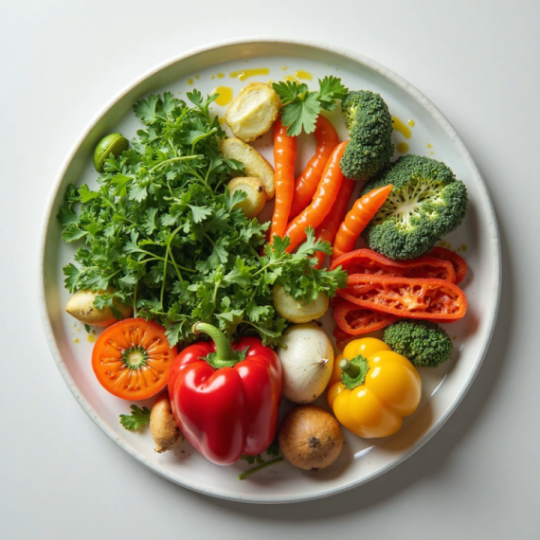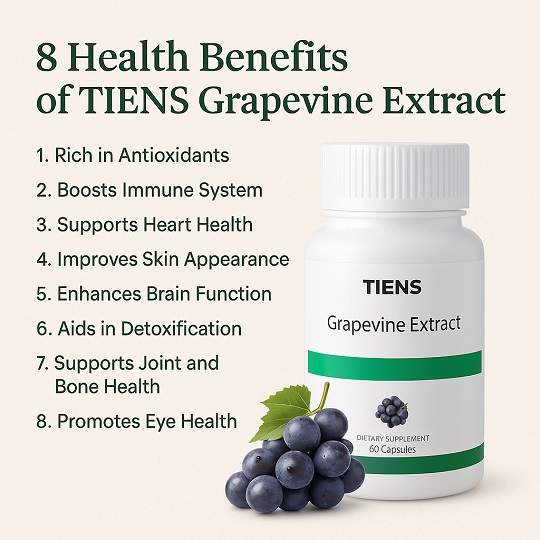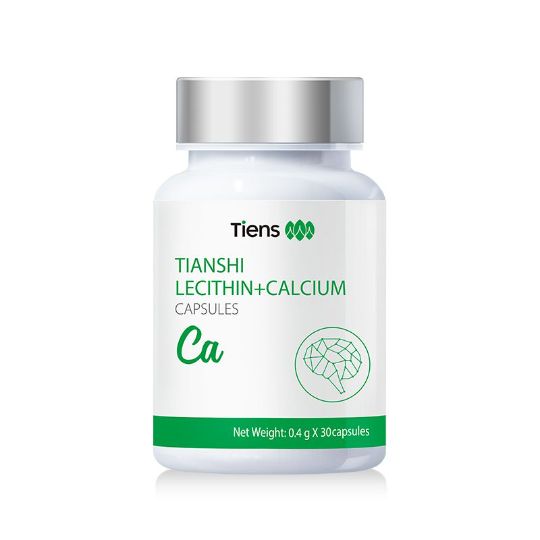
Best Diet for Type 2 Diabetes: What to Eat and What to Avoid
Best diet for Type 2 diabetes. Type 2 diabetes is a chronic condition that affects how your body metabolizes sugar (glucose), which is a crucial source of energy. Managing this condition effectively often starts with what you put on your plate. Choosing the best diet for type 2 diabetes can help lower blood sugar levels, reduce insulin resistance, and even reverse the progression of the disease in some cases.
In this article, we’ll explore the best dietary choices for people living with type 2 diabetes, backed by science and recommended by health professionals. We’ll also highlight foods to avoid, sample meal ideas, and tips for long-term success.
Why Diet Matters in Type 2 Diabetes
When you have type 2 diabetes, your body either resists the effects of insulin or doesn’t produce enough of it to maintain normal glucose levels. Diet directly impacts blood sugar, insulin sensitivity, and weight — all of which are key factors in managing diabetes.
By following a healthy eating plan, people with type 2 diabetes can:
- Control blood sugar levels
- Maintain a healthy weight
- Lower the risk of cardiovascular diseases
- Improve energy and mood
- Reduce dependency on medication
Core Principles of the Best Diabetes Diet
There’s no one-size-fits-all approach, but the most effective diet for type 2 diabetes includes the following principles:
- Low Glycemic Index (GI) Foods
- Focus on foods that have a low to moderate glycemic index. These foods raise blood sugar slowly and help prevent spikes.
- Examples: Oats, sweet potatoes, lentils, beans, most fruits, and non-starchy vegetables.
- High in Fiber
- Fiber slows down digestion and sugar absorption, promoting stable blood sugar levels.
- Eat whole grains, vegetables, legumes, fruits with skin, and seeds.
- Lean Protein
- Protein helps build muscle, keeps you full longer, and has minimal effect on blood glucose.
- Opt for fish, chicken, turkey, eggs, tofu, lentils, and low-fat dairy.
- Healthy Fats
- Healthy fats improve heart health — a critical concern for diabetics.
- Choose olive oil, avocados, nuts, seeds, and fatty fish like salmon.
- Controlled Carbohydrate Intake
- Carbs are not off-limits, but they must be carefully managed.
- Use carbohydrate counting or portion control methods to avoid blood sugar spikes.
Top Foods to Eat for Type 2 Diabetes
Here are the best foods for people with type 2 diabetes:
1. Non-Starchy Vegetables
- Examples: Broccoli, spinach, kale, cauliflower, zucchini, peppers
- Benefits: Low in calories and carbs, high in nutrients and fiber
2. Whole Grains
- Examples: Quinoa, brown rice, oats, barley, whole wheat bread
- Benefits: Higher fiber and nutrients compared to refined grains
3. Legumes
- Examples: Lentils, black beans, chickpeas
- Benefits: Rich in fiber and protein, low GI
4. Berries
- Examples: Blueberries, strawberries, raspberries
- Benefits: Packed with antioxidants, vitamins, and relatively low in sugar
5. Fatty Fish
- Examples: Salmon, sardines, mackerel
- Benefits: Omega-3 fats reduce inflammation and support heart health
6. Greek Yogurt
- Benefits: High in protein, can improve gut health, and is low in carbs if unsweetened
7. Nuts and Seeds
- Examples: Almonds, chia seeds, walnuts, flaxseeds
- Benefits: Offer fiber, healthy fats, and satiety
Foods to Avoid or Limit
Certain foods can spike blood sugar quickly or lead to weight gain, inflammation, and insulin resistance. Here’s what to limit or avoid:
1. Refined Carbs and Sugary Foods
- Examples: White bread, pasta, pastries, candy, soda
- Why to avoid: These cause quick glucose spikes and have little nutritional value
2. Trans Fats and Processed Foods
- Examples: Packaged snacks, margarine, fast food
- Risks: Raise LDL cholesterol, increase inflammation, and contribute to insulin resistance
3. High-Sodium Foods
- Examples: Canned soups, salty snacks, processed meats
- Concern: Increases the risk of hypertension and heart disease
4. Full-Fat Dairy and Fatty Cuts of Meat
- Choose leaner versions to reduce saturated fat intake
5. Alcohol (Excessive Consumption)
- Alcohol can interfere with blood sugar control and lead to dangerous drops or spikes
Sample Meal Plan for Type 2 Diabetes
Breakfast:
- Scrambled eggs with spinach and tomatoes
- 1 slice whole grain toast
- Small handful of berries
Lunch:
- Grilled chicken salad with olive oil vinaigrette
- 1 small apple
- Sparkling water with lemon
Dinner:
- Baked salmon
- Quinoa and roasted Brussels sprouts
- Small side salad
Snacks:
- Greek yogurt with chia seeds
- Handful of almonds
- Celery with hummus
Tips for Long-Term Success
- Meal Prep: Plan and prep meals to avoid impulsive eating.
- Portion Control: Use smaller plates and measure servings.
- Label Reading: Look for hidden sugars and unhealthy fats.
- Hydration: Drink water regularly. Dehydration can affect blood sugar.
- Regular Monitoring: Track your blood glucose to understand how foods affect you.
- Work With a Dietitian: A registered dietitian can tailor a diet to your needs.
Diets That Work Well for Type 2 Diabetes
Several structured diets align well with type 2 diabetes management:
- Mediterranean Diet: Rich in olive oil, vegetables, fish, and whole grains.
- DASH Diet: Focuses on heart health, reduces sodium and promotes fruits, vegetables, and lean protein.
- Plant-Based Diet: High in fiber, low in saturated fat, and often leads to weight loss.
- Low-Carb Diet: Reduces spikes in blood sugar and insulin levels.
Always consult your healthcare provider before making drastic dietary changes, especially if you’re on medication.
Conclusion
The best diet for type 2 diabetes is balanced, sustainable, and tailored to your body’s needs. Focus on whole foods, limit processed carbs and sugars, and aim for steady blood sugar control. While no food is completely off-limits, moderation, portion control, and smart planning make all the difference.
A healthy diet is not just a short-term fix — it’s a lifelong tool for managing diabetes and improving quality of life.
References
- American Diabetes Association. (2023). Nutrition Therapy for Adults With Diabetes or Prediabetes: A Consensus Report.
Retrieved from: https://diabetesjournals.org/ - Harvard T.H. Chan School of Public Health. (n.d.). The Nutrition Source: Diabetes Diet.
Retrieved from: https://www.hsph.harvard.edu/nutritionsource/diabetes/ - Mayo Clinic. (2024). Type 2 diabetes – Diet and lifestyle tips.
Retrieved from: https://www.mayoclinic.org/ - Centers for Disease Control and Prevention (CDC). (2023). Diabetes Nutrition: Eating to Feel Good and Stay Healthy.
Retrieved from: https://www.cdc.gov/diabetes/managing/eat-well.html - National Institute of Diabetes and Digestive and Kidney Diseases (NIDDK). (2023). What Can I Eat?
Retrieved from: https://www.niddk.nih.gov/health-information/diabetes/overview/diet-eating-nutrition - Cleveland Clinic. (2024). Diabetes Diet: The Best and Worst Foods for Type 2 Diabetes.
Retrieved from: https://my.clevelandclinic.org/ - Joslin Diabetes Center. (n.d.). Carbohydrates and the Diabetes Diet.
Retrieved from: https://www.joslin.org/ - U.S. Department of Agriculture (USDA). (2020). Dietary Guidelines for Americans, 2020–2025.
Retrieved from: https://www.dietaryguidelines.gov/ - Diabetes UK. (2023). Healthy Eating for Type 2 Diabetes.
Retrieved from: https://www.diabetes.org.uk/ - Harvard Medical School. (2022). The Right Diet for Prediabetes and Type 2 Diabetes.
Retrieved from: https://www.health.harvard.edu/





